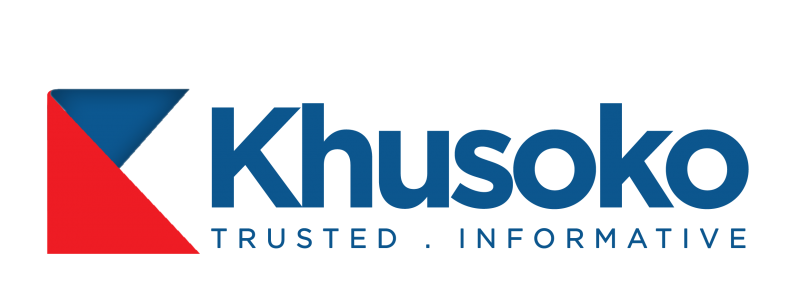Kenya has protested Tanzania’s newly enacted trade and licensing restrictions targeting non-citizens, warning that the measures undermine the East African Community’s (EAC) integration agenda.
Trade Cabinet Secretary Lee Kinyanjui described the move as “discriminatory” and a violation of the EAC Common Market Protocol.
“The Business Licensing Order, which seems to be criminalising lawful EAC investments, will hurt both our economies,” Kinyanjui stated. “It is therefore critical, in the spirit of EAC, that bilateral engagements be held to resolve these issues.”
The contested measures include:
- A 10% excise duty and 15% Industrial Development Levy under Tanzania’s Finance Act, 2025
- A Business Licensing Order barring non-Tanzanians from operating in 15 sectors, including micro and small enterprises, tour guiding, and mobile money services
While Kenya respects Tanzania’s sovereign right to legislate, Kinyanjui emphasised that “partner states must consult and coordinate on policies that affect cross-border trade.”
He cited Article 13 of the EAC Common Market Protocol, which guarantees EAC nationals the right to establish and operate businesses across member states without discrimination.
Statement on tax measures and business license prohibition by Tanzania. @MITIKenya pic.twitter.com/Ee5W0YW4SE
— Hon Lee Kinyanjui (@GovLeeKinyanjui) July 30, 2025
EAC Trade Trends and Economic Outlook (2023–2025)
Despite the dispute, the EAC continues to demonstrate strong regional trade performance:
Intra-EAC Trade Growth
- Intra-EAC trade grew 13.4% in 2024, reaching $74.03 billion, supported by $44 million in infrastructure investments
- Between 2019 and 2023, 28% of EAC exports remained within Africa, well above the continental average of 16%
- The ARIA XI report (July 2025) ranked the EAC as a top performer in intra-African trade integration
Global Trade Surplus
- In Q1 2025, the EAC recorded its first-ever trade surplus with global partners—$840 million, driven by increased exports to China amid shifting global trade dynamics
Key Trade Partners
- Kenya and Uganda are leading intra-EAC trade drivers
- Kenya accounted for 43% of the EU’s total trade with the EAC in 2024
- China remains the top import source ($11B), followed by the UAE ($6.4B)
- EAC exports to the EU include coffee, flowers, avocados, tobacco, cocoa, and fish fillets
Sectoral Contributions
- Agriculture: Tanzania (28% of GDP), Uganda (24.1%), Burundi (40%)
- Services & Tourism: Strong growth in travel and transport
- Manufacturing & Infrastructure: Projects like Tanzania’s Bagamoyo Deepwater Port are expected to boost trade in 2025
Trade Facilitation
- The EAC Customs Union (2005) and Common Market Protocol (2010) have liberalised trade and harmonised policies
- The Single Customs Territory (SCT) and efforts to eliminate non-tariff barriers (NTBs) have improved efficiency
- The EAC Trade Information Portal (TIP) offers step-by-step guidance on trade procedures
AfCFTA Participation
- The EAC’s role in the African Continental Free Trade Area (AfCFTA) has lowered trade barriers and fostered regional value chains
- However, a 2025 study found the impact on export growth inconclusive, citing infrastructure and business environment gaps
Challenges and Risks
- Intra-EAC trade remains below potential at 11.9% (vs. 20% target)
- Persistent issues include:
- High border costs and informal trade
- Electricity and transport costs
- Trade disputes and border closures, especially involving the DRC
- Budget shortfalls: Only $13.3M of the $89.5M 2024/25 budget remitted by November 2024
Economic Outlook
- EAC GDP projected to grow from 5.1% in 2024 to 5.7% in 2025
- Growth driven by agriculture, services, and infrastructure
- Fiscal consolidation, declining inflation, and debt restructuring are expected to support recovery
- Risks include climate change, geopolitical tensions, and global trade shifts
“In line with the spirit of the EAC—‘one people, one destiny’—Kenya remains committed to non-discrimination, transparency, and equity,” Kinyanjui affirmed.





